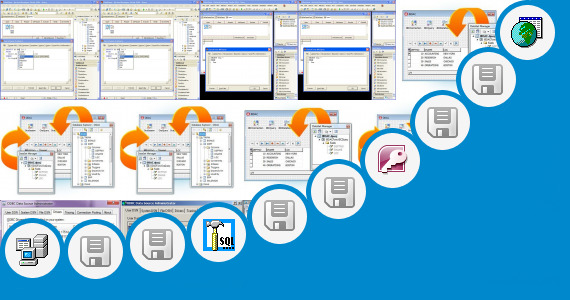
To do this, remove the problem channel receiver from the antenna distribution. Proper antenna distribution and placement will help to avoid objects such as wireless receivers, rack hardware (metal), and people (water) - all of which can reflect the RF signal causing dropouts.Īssuming you have antenna distribution and possibly remote antennas, we need to reduce the number of variables and troubleshoot this area. When antennas are in a separate room, the wall would weaken the signal therefore, we would recommend you to keep antennas as close as possible for the best result.Īs a rule, antenna distribution is required when using multiple wireless mics (4 or more) to avoid several antennas hanging around, which can compromise signal reception.

If you're using remote antennas, make sure the antennas are in the same room as the microphone and can be seen by the person holding the mic. Try your transmitter with a different receiver to determine if the transmitter or receiver is faulty.(for example, when using TONOR TW-820, you can match the transmitter to another receiver) If the wireless mic performs well on the new frequency, the problem might be caused by an outside source. If 'No,' then the dropout is only related to the audio (check for a faulty lapel mic, headset mic or cable).Ĭlick the frequency button to assign a new frequency for your problem mic.

If your wireless has a 'ready' light, then does the 'ready' light go off or red? If your receiver has an RF level indicator, does this meter fall when the dropout occurs? If 'Yes,' then the dropout is related to the RF signal. Pay close attention to any meters or lights on your receiver and try to ascertain what happens to them when the dropout occurs. If the battery is, then the problem is likely caused by the interaction with other wireless mics in your setup. The first thing you need to do is to check if the battery power is too low, cause the low power may get you into wireless dropouts.


 0 kommentar(er)
0 kommentar(er)
